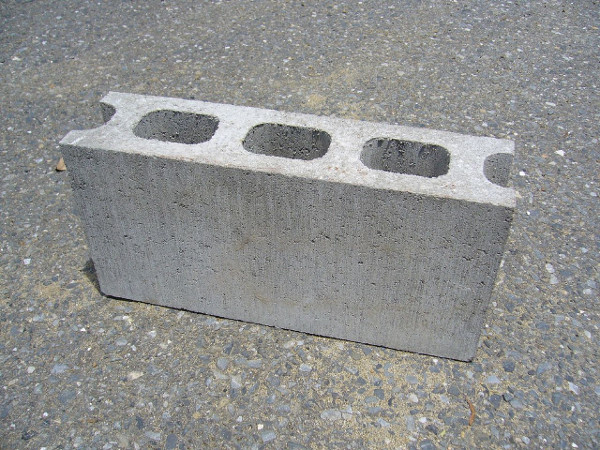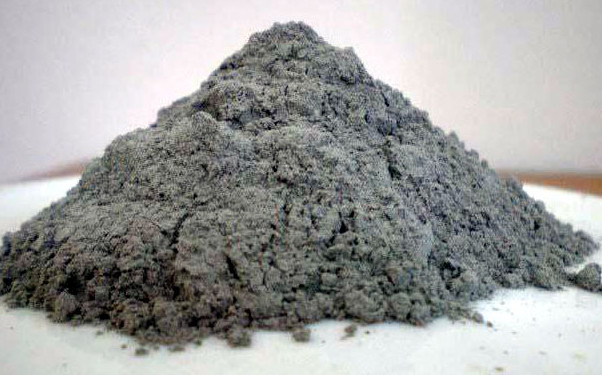Develop new mixed concrete from thermal power industry waste
Scientists in Malaysia have successfully developed a new, cleaner, more durable, mixed concrete from fly ash - waste of coal-fired power plants, contributing to improving construction quality.
Scientists develop new and clean concrete from waste
In an effort to protect the environment while improving the quality of the construction industry, the Malaysian government has many policies to encourage the use of construction materials that can utilize the available waste resources. from industry. In response to this, researchers from the Department of Civil Engineering at MARA University of Technology in Malaysia have successfully developed a new environmentally friendly concrete named 'green-mix'.

New "green-mix" concrete contributes to improving the quality of construction industry.
In this project, researchers at the University of MARA Technology have come up with a new material called green-mix friendly or mixed concrete . This type of concrete is designed and manufactured using conventional materials but is partially replaced by sustainable materials from waste as well as recycling to achieve economic efficiency and acceptable performance. .
Notably, this green concrete is produced from raw materials such as fly ash, recycled concrete aggregates and aluminum fibers. Fly ash is a waste product from coal-fired power plants and is often processed in landfills. In the study, fly ash has the potential to replace cement - a material that has a great impact on the environment, causing air pollution.
To minimize material consumption and reduce waste generated from the destruction of concrete and concrete structures, after being crushed, it can be reused as concrete aggregate. Aluminum cans are used because they can be easily processed into small fibers and used as reinforcement in concrete.

The raw material for this new concrete is fly ash - waste from coal-fired power plants.
To produce this new type of concrete requires technical expertise such as the design of new mixed concrete, new raw materials and new insights into the properties of green, environmentally friendly concrete materials. Not only is it environmentally friendly, more cost-effective because it makes use of waste materials, according to the research, the new type of concrete is also 30% more sustainable than normal concrete.
Thus, this new environmentally friendly mixed concrete has benefits such as increased efficiency in buildings and buildings; reduce the amount of cement, carbon footprint on each concrete unit. In addition, it brings commercial potential in providing contractors, in line with the National Green Technology Policy.
In recent years, applications of environmentally friendly concrete have been popular in many countries, including Vietnam, Malaysia and many other ASEAN countries. New types of concrete can be produced from waste materials. Blue concrete can also be formed in different production processes without harming the environment.

Conference to study the possibility of using fly ash as a concrete additive in Vietnam in January 2015.
The criteria of this green concrete are the materials used must be from green, sustainable materials. The use of waste and recycling materials is considered sustainable because they save costs, raw materials as well as minimize waste landfills.
In Vietnam, earlier this year, in Hanoi, the Specialized Science and Technology Council of the Ministry of Construction organized the acceptance of the results of the research 'Using fly ash with a loss of about 6% as an additive production of concrete and mortar construction , led by the Institute of Building Materials, opens up the potential of producing new concrete from fly ash in our country.
- Polymer concrete: a 'green' concrete solution for Earth
- Story of concrete - king of construction materials
- Concrete self-healing cracks
- MR6: Road carpet concrete from waste plastic waste
- Develop a hybrid power plant to save fuel and reduce emissions
- Scientists have successfully developed a new type of concrete that is less prone to cracking than conventional concrete
- Concrete is devastatingly natural as much as plastic waste
- The new solution uses sparks to recycle concrete
- Concrete bending - this kind of material can create revolution in the construction industry
- Turning waste bricks into concrete
- Mexico invented eco-cement made from glass chips and garbage
- Recycled carbon fiber improves concrete drainage capacity during the flood season
- The British government finances the thermal energy manufacturing industry
- Ukraine unloaded the 'concrete coffin' that was about to collapse at the Chernobyl factory
- ERO: Concrete demolition robot
 'Barefoot engineer' invents a pipeless pump
'Barefoot engineer' invents a pipeless pump Process of handling dead pigs due to disease
Process of handling dead pigs due to disease Radiometer
Radiometer Warp Engine: Technology brings us closer to the speed of light
Warp Engine: Technology brings us closer to the speed of light